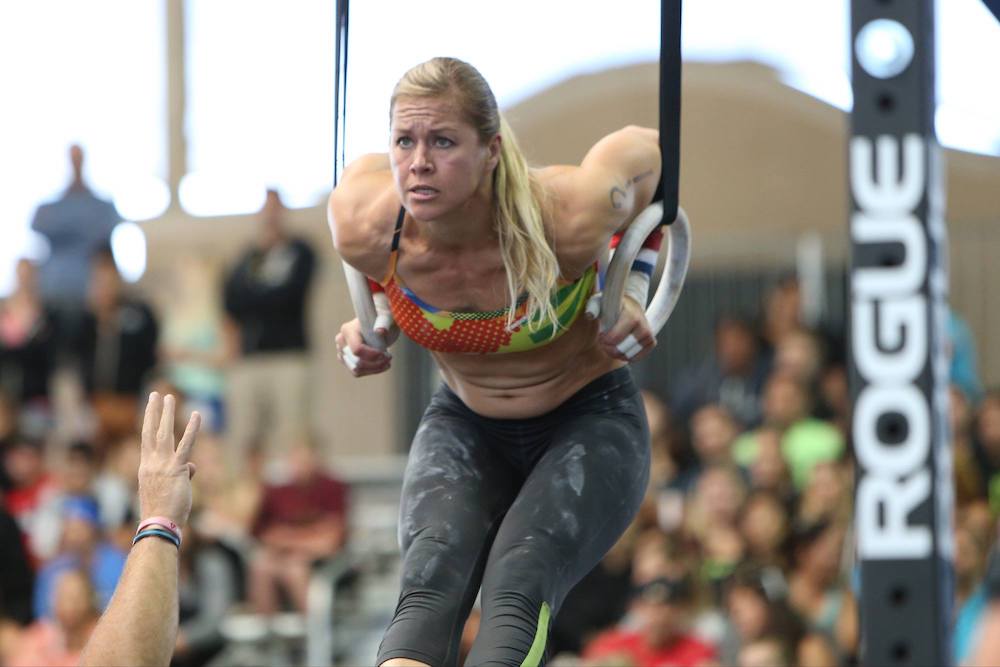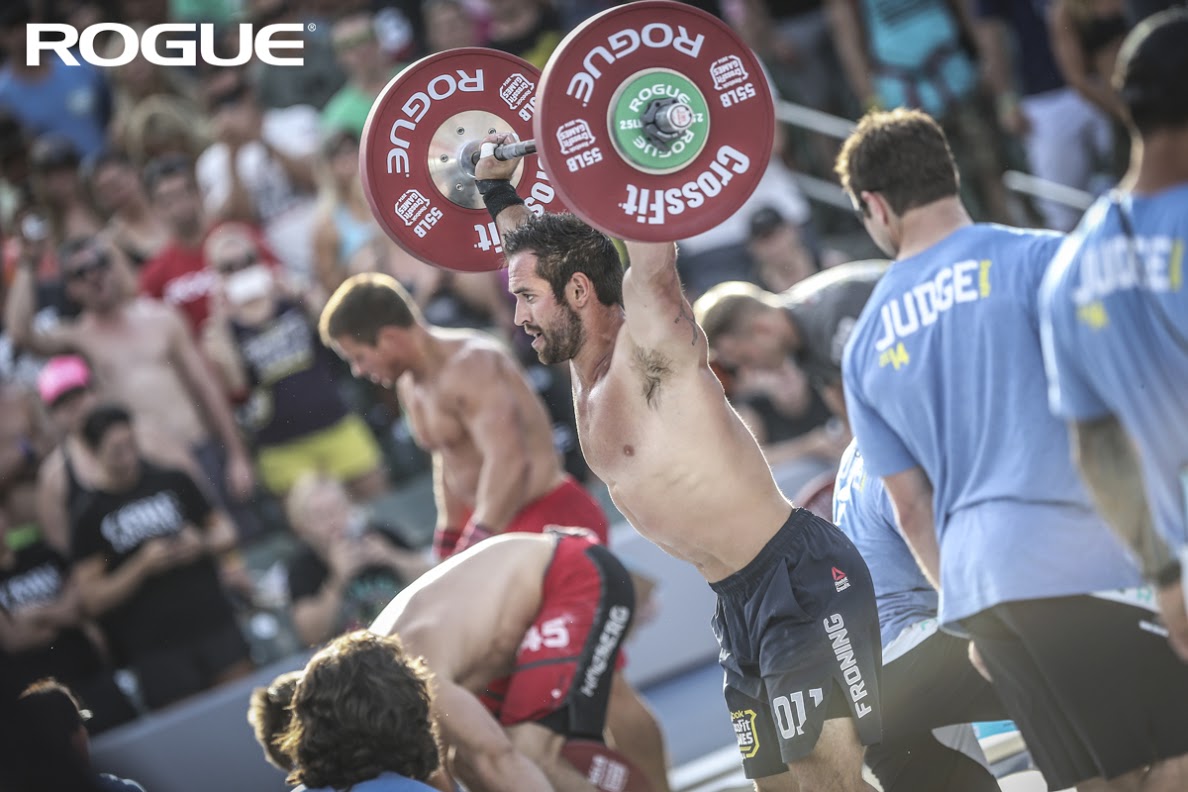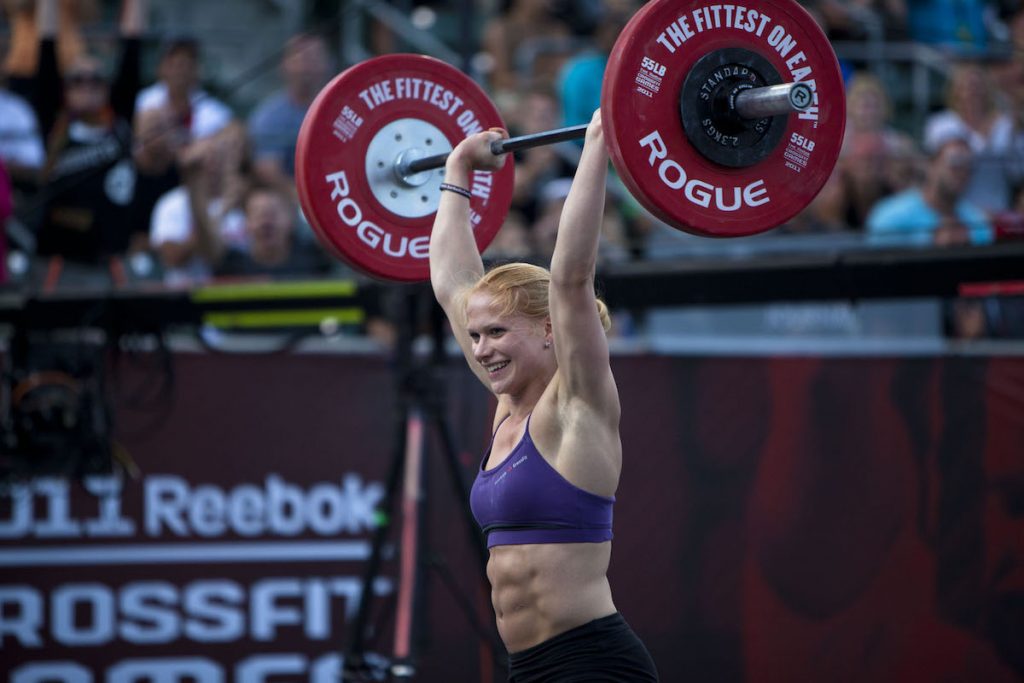Qué emociones mejoran el rendimiento en CrossFit
Ahora que ya hemos sentado algunos principios básicos de las emociones en el anterior post podemos indagar un poco más sobre las emociones en el CrossFit. El objetivo que perseguimos ahora es el de determinar el impacto que tiene una emoción específica sobre el rendimiento para poder usar ese conocimiento en nuestro favor.
Analizar la relación entre las emociones y el rendimiento deportivo es complejo. Generalmente, nos encontramos ante tres obstáculos (Robazza, Pellizzari y Hanin, 2004):
- Identificación de estados emocionales relacionados con casos de éxito o fracaso deportivo. Poner nombre y apellido al estado afectivo de un atleta en plena competición presenta un gran desafío. Dada la naturaleza cambiante de las emociones, normalmente se experimentan como un todo entremezclado y borroso. Esto dificulta enormemente un análisis preciso.
- Comprensión de las relaciones entre emociones y rendimiento. La dinámica de la emoción humana es muy activa e interactúa continuamente con nuestro comportamiento. A menudo es complicado determinar quién vino primero (si el éxito o la emoción).
- Elección de las técnicas adecuadas para la auto-regulación. Cada caso exige una exhaustiva recopilación de información en sesiones de entrenamiento, eventos competitivos relevantes y competiciones menores. Todo ello permitirá poner a prueba distintas técnicas por ensayo-error hasta dar con la mejor para cada uno.
Pese a todo, hay autores que se aventuran a postular teorías de emoción aplicadas al rendimiento deportivo. En este artículo vamos a centrarnos en la teoría Cognitiva-Motivacional-Relacional de Lazarus y la teoría de las Zonas Individuales de Rendimiento Óptimo de Hanin.
Teoría Cognitiva-Motivacional-Relacional
No se puede hablar de emociones sin mencionar a Richard Lazarus así que volvemos a hablar de la teoría CMR. Más concretamente sus «temas relacionales nucleares» y cómo estos se manifiestan en el contexto del rendimiento deportivo. Los temas relacionales nucleares «resumen la relación que mantiene el individuo con su entorno según algún tipo particular de daño o beneficio» (Smith y Lazarus, 1991).
Cada emoción tiene su tema relacional nuclear y nunca debe considerarse fuera de un proceso de evaluación. Para comprender la función de una emoción para una persona en respuesta a una situación específica, debemos tomar en consideración el contenido de la evaluación. Lo que para unos puede considerarse un daño, otros pueden entenderlo como un beneficio.
Por ejemplo: un atleta A puede considerar quedar último en un WOD como dañino para su autoestima mientras que un atleta B puede entender este mismo hecho como una oportunidad para detectar un defecto en su estado físico que está truncando su mejora. En lo sucesivo, el A quizá rehuya WODs metabólicos para evitar el daño mientras que el B puede practicar con más frecuencia para eliminar este defecto (beneficio). Como vemos, las emociones en CrossFit no sólo determinan un WOD sino nuestro progreso a medio y largo plazo.
Pese a que Lazarus incluyó otras emociones como la culpa y la esperanza, las dos emociones que han recibido más validación científica son la ira y ansiedad.
Ira
En los 2014 CrossFit Games, Rich Froning fracasó terriblemente en el Triple 3 y en el evento con los trineos lo que le retiró del último heat (cosa que no le ocurría desde 2010). Según él mismo, estaba «un poco enfadado» y esta emoción lo arrastró hasta el siguiente evento. Ganó el complex 21-15-9 con un tiempo que nadie pudo mejorar, mostrando una estrategia más agresiva de lo que era habitual en él.
Este ejemplo apoya la aseveración de Lazarus de que el tema relacional nuclear de la ira conlleva un «poderoso impulso para contraatacar en aras de vengarse por una afrenta or reparar un autoestima herido». Aplicado al deporte, se sostiene que una habilidad física que exija una exhibición de más fuerza, intensidad y energía general se verá favorecida por la ira.
Es como los powerlifters que se dan golpes en la cara o gritan antes de levantar algo muy pesado; buscan un estado de activación mayor para incrementar temporalmente sus niveles de fuerza.
Ansiedad
La ansiedad competitiva la hemos visto en profundidad en otro post y naturalmente aparece también en la teoría CMR. Esta emoción no puede ser desdeñada cuando describimos el afecto negativo y su impacto en el rendimiento deportivo. La función adaptativa de esta emoción es la de evitar un potencial daño (Smith y Lazarus, 1991). De modo que un atleta que perciba un daño potencial o real responderá con ansiedad.
En el contexto competitivo, la amenaza es «real» en tanto que rendir por debajo de nuestra expectativa es algo que genera miedo en atletas a todos los niveles. Por tanto no podemos decir que la ansiedad sea desajustada en esta situación. Sin embargo, debe mantenerse dentro de un umbral de intensidad que sirva para potenciar el rendimiento.
Estar «en la zona»

La teoría IZOF de las zonas óptimas de rendimiento individual establece que un individuo rendirá mejor cuando se encuentre dentro de su rango emocional de preferencia (Robazza et. al, 2004). Se consideran 5 dimensiones básicas (forma, contenido, intensidad, tiempo y contexto) las cuales se usan para describir individualmente la estructura óptima y disfuncional de experiencias emocionales relacionadas con el rendimiento.
- Contenido: contenido emocional – tanto óptimo como disfuncional – descrito por marcadores idiosincráticos de cada individuo. Esto es fácil: pregúntale a la persona que tienes más a mano qué es la tristeza y ahora responde tú. ¿Habéis dicho lo mismo?
- Intensidad: cada atleta tiene una intensidad emocional óptima (alta, moderada o baja). Si miramos a Fraser antes de salir a pista o a Cody Anderson, vemos que sus intensidades distan considerablemente.
- Contexto: el contenido emocional y la intensidad varían en entrenos o competiciones e incluso antes, durante o después de situaciones de rendimiento. No es lo mismo calentar para hacer el WOD con los de tu box que hacerlo para el 19.1. Las emociones en CrossFit están a la orden del día y dependen de cada circunstancia.
Si tenemos bien detalladas cada una de estas dimensiones, el camino hacia la zona óptima está más que pavimentado. Ahora bien, poner pie en la zona óptima antes de un evento no nos garantiza que nos mantengamos ahí para todo el evento. Huelga recordar que existe una influencia bidireccional entre el rendimiento y la emoción que ocurre antes, durante y después de competir. Para mejorar el rendimiento es necesario aprender a:
- Incrementar conciencia y aceptación del contenido e intensidades emocionales así como respuestas fisiológicas asociadas.
- Mejorar las habilidades psicológicas para recuperar emociones y sintomatología asociada a un mejor rendimiento, para elevar o disminuir sus niveles (según cada caso).
Lo que me gusta de esta teoría en particular es que, en esencia, depende de la conciencia sobre uno mismo. Aprender a identificar nuestros estados emocionales es el primer paso hacia la excelencia en todo aspecto vital.
Como ya he dicho en otras ocasiones, las emociones dan sentido e intensidad a eventos vitales. Es lo más cerca que estaremos nunca de tener superpoderes. Incrementar nuestros niveles de energía para liberar más adrenalina nos llevará a un mejor rendimiento en CrossFit. Durarás más, levantarás más y aguantarás mejor el dolor.
¿Qué teoría está más próxima a la realidad? Quizá nunca lo sepamos. Pero ten por seguro que las emociones en CrossFit ayudan a sumar ese 1% extra que puede marcar la diferencia entre la victoria o la derrota.




